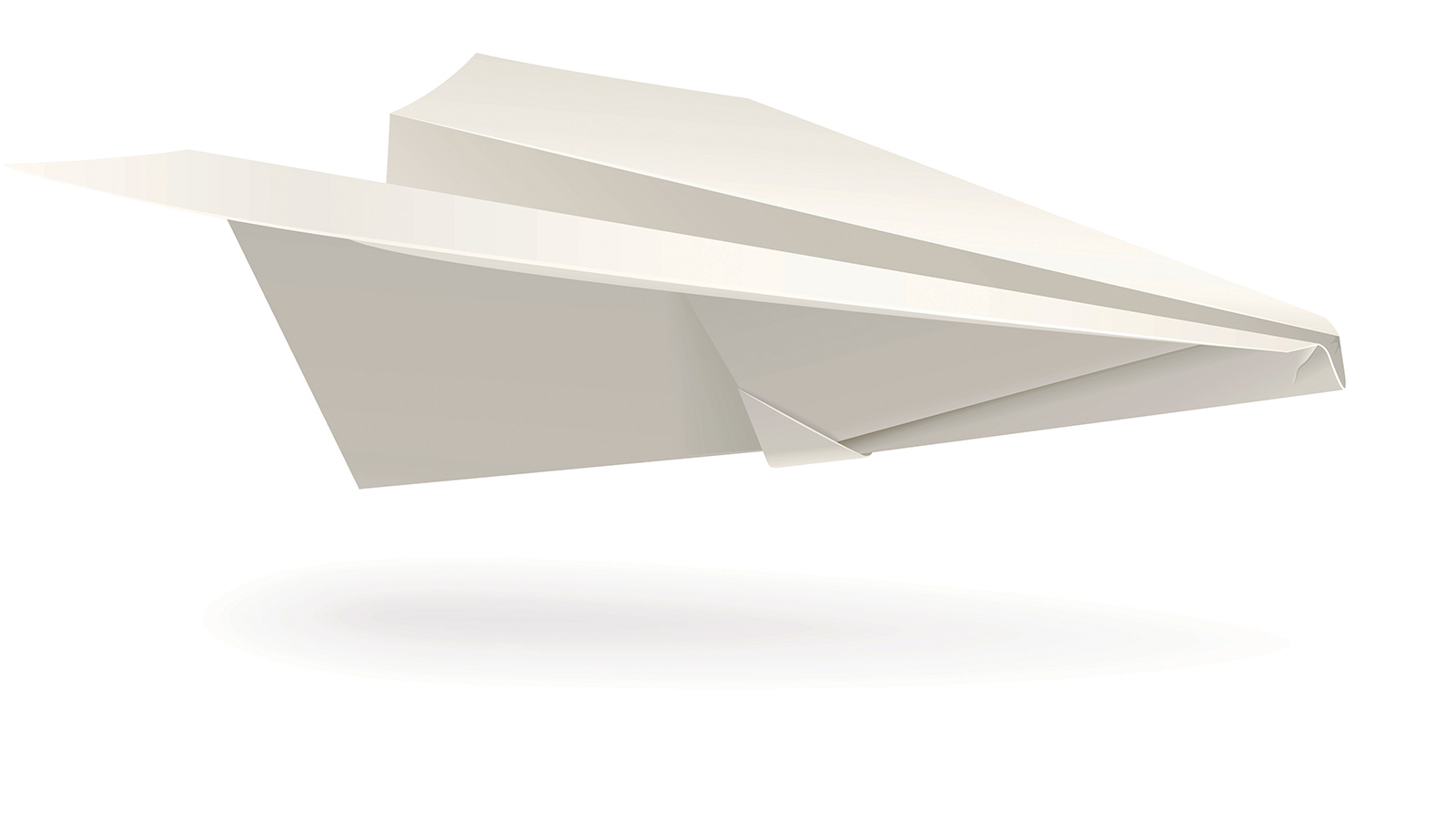Stay Up to Date
Submit your email address to receive the latest industry and Aerospace America news.
A student shows up at his Airfoils 101 class without having completed his summer reading. The professor, having an eye for slackers, asks him how a wing generates lift. “Well, it’s all about the curved upper surface,” the student says, noticing the professor pick up a piece of paper and start to fold it. The student continues: “Air molecules flowing over the top travel faster, which under Bernoulli’s equation creates …” Just then a paper airplane lands on his desk. What point was the professor making with this paper airplane?
ABOUT THE AEROPUZZLER
Draft a response of 250 words and email it to: [email protected] for a chance to have it published in the January issue.
Previous aeropuzzler: NOISY AIRFOIL
Q. No one guessed correctly that rain caused the roof rack of a new SUV to hum. We asked Anupam Sharma, an aeroacoustics researcher at Iowa State University, to explain how rain could cause the noise:
A. “This sounds like a possible aeroelastic problem, similar to what is observed in inclined cables in wind and rain. The phenomenon is called rain wind induced vibration, which arises because of an instability caused by an apparent change in the cross-section of the cable (the crossbars in this case) because of water rivulets. The crossbar becomes asymmetric because of the rainwater on its upper surface. This cross-sectional asymmetry causes the wind to excite the crossbar and makes it gallop (vibrate). This vibration is transferred mechanically to the roof of the SUV, which acts as a soundboard and produces the hum. The criterion for galloping was first proposed by J.P. Den Hartog [a mechanical engineering professor at Harvard and later MIT] in the 1930s when he observed iced power conductors vibrate in the wind.”
Related Posts
Stay Up to Date
Submit your email address to receive the latest industry and Aerospace America news.




